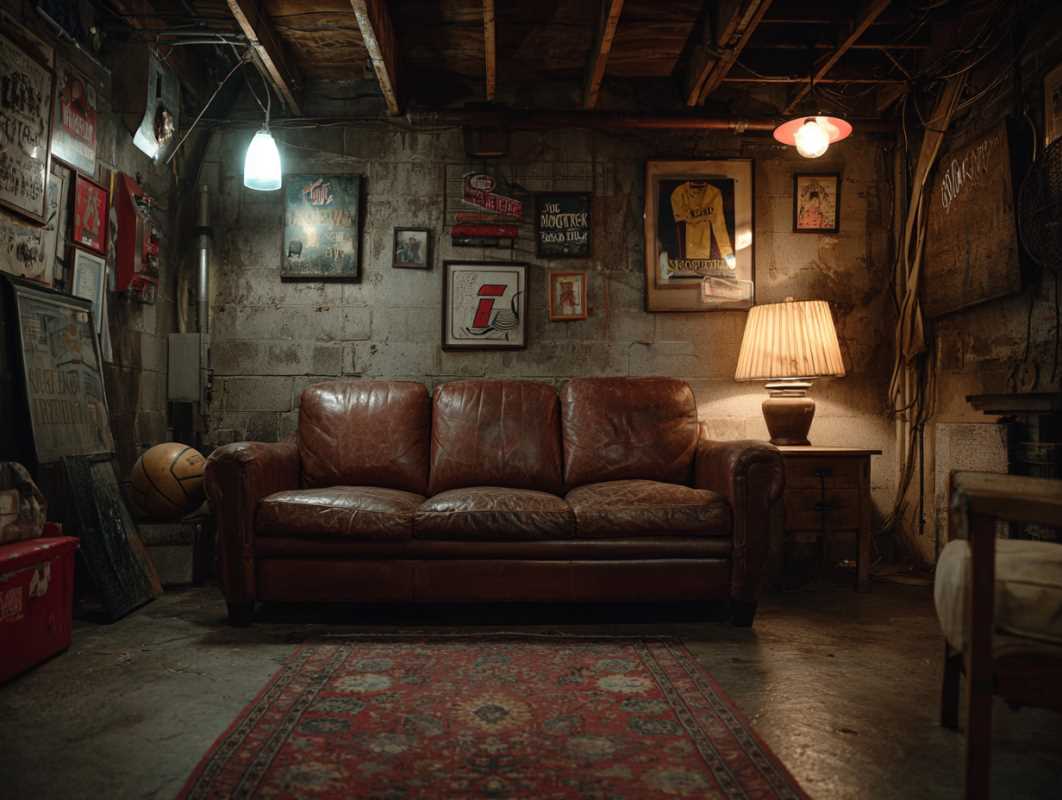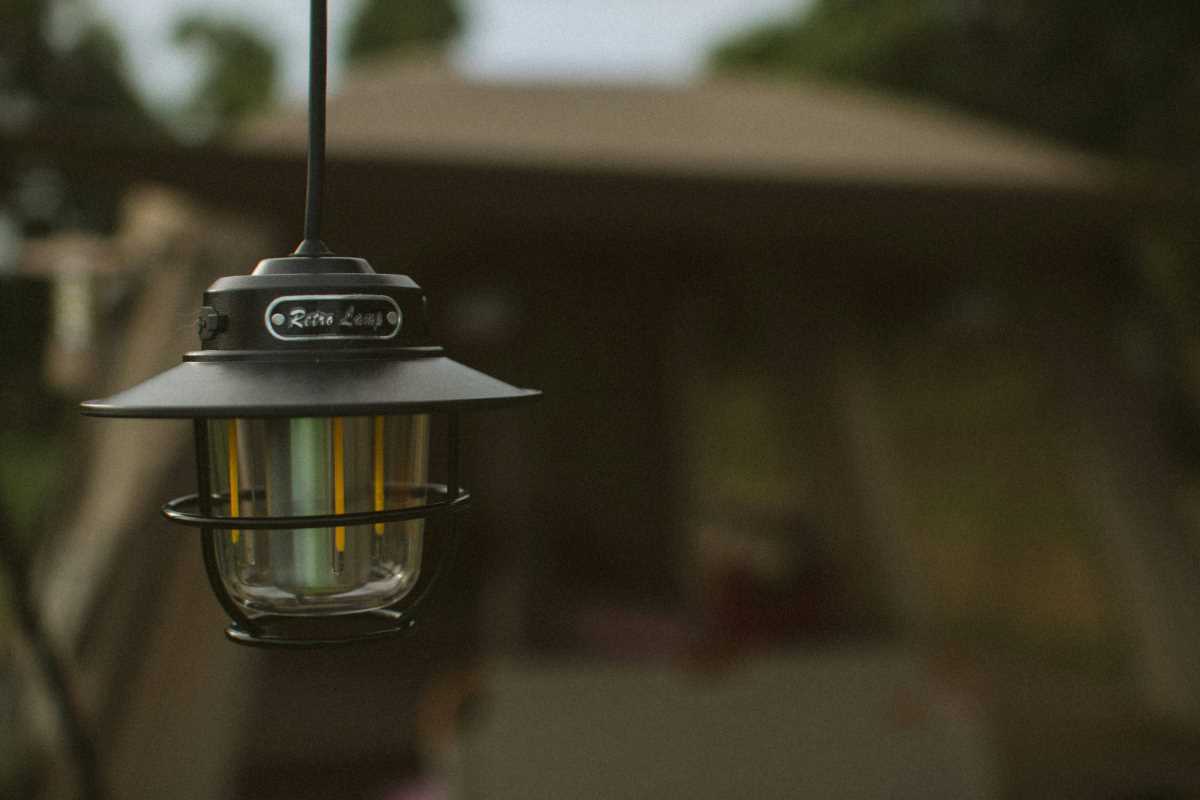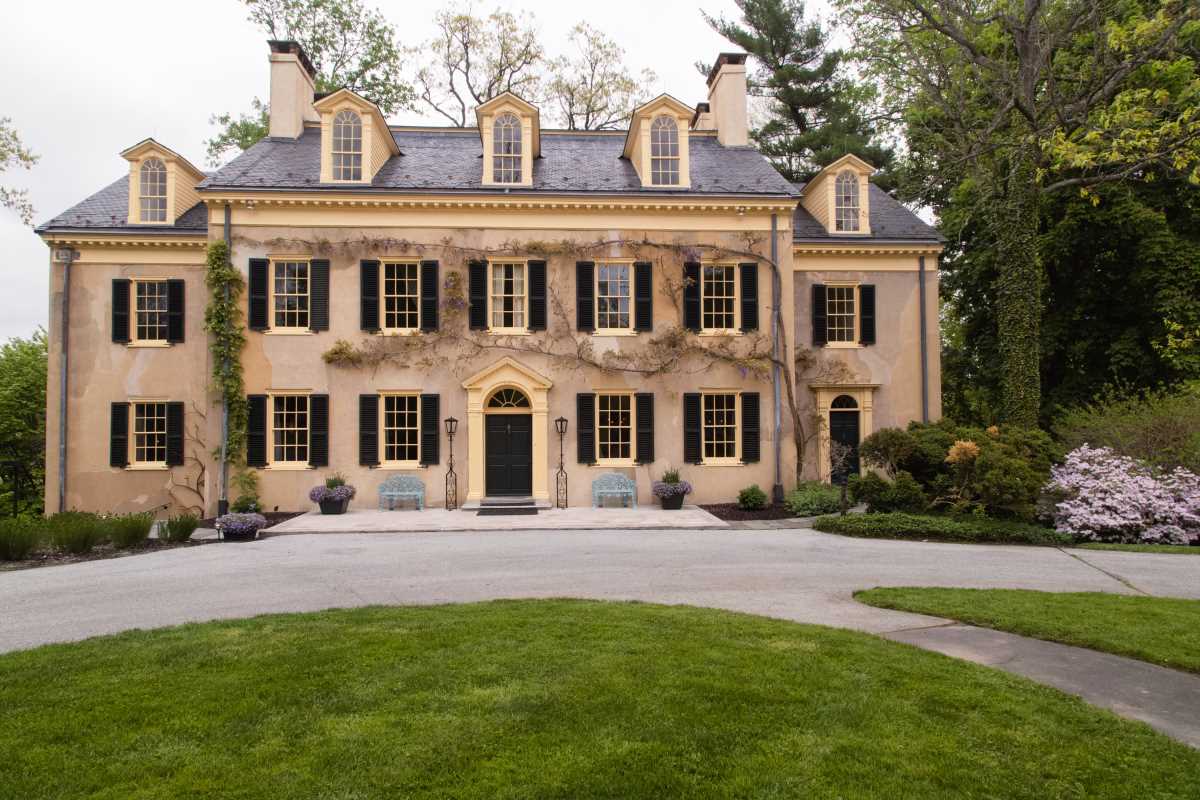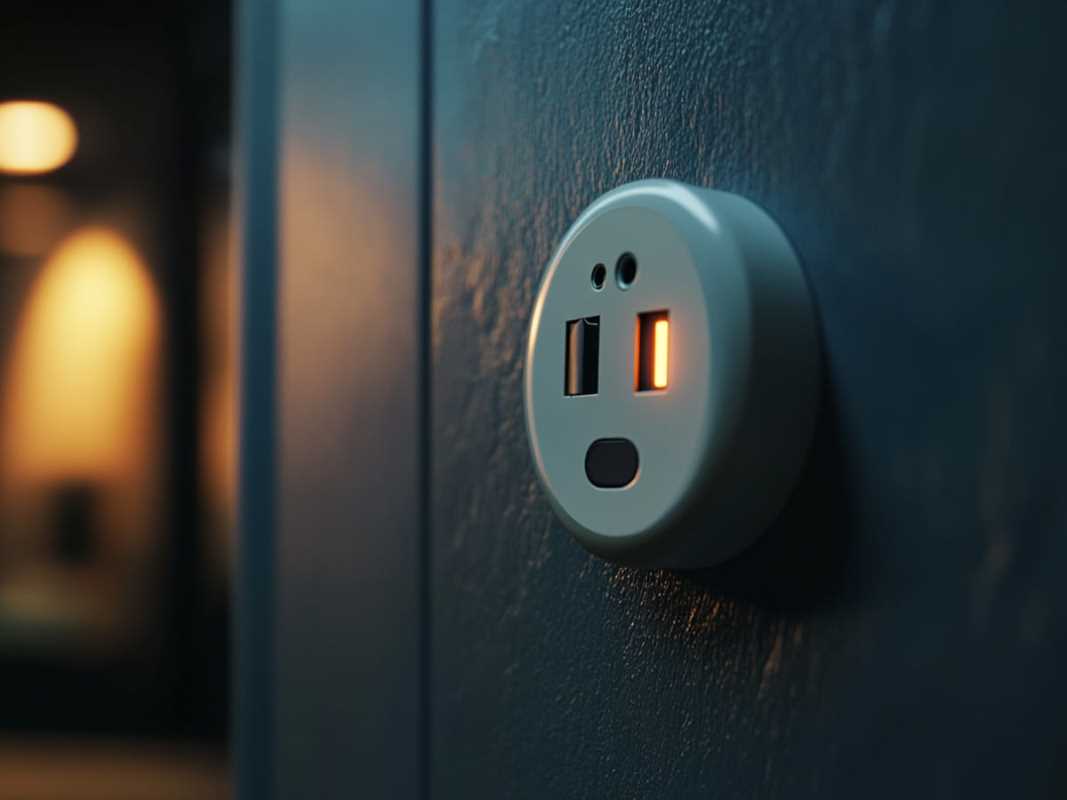Imagine cooking in a timeless kitchen that seamlessly incorporates the latest advancements in technology. By blending the warmth and elegance of classic designs with cutting-edge innovations, you can transform your kitchen into a space that is both aesthetically pleasing and highly functional. This harmonious integration not only enhances your cooking experience but also elevates the overall ambiance of your home.
The Appeal of Classic Kitchen Designs
People have cherished classic kitchen designs for their enduring beauty and functionality. Here are some key features that make them so appealing:
- Timeless Aesthetics: Traditional cabinets, rich wood finishes, and elegant moldings create a warm and inviting atmosphere.
- Quality Materials: Using high-quality materials such as natural stone countertops and hardwood floors ensures longevity and durability.
- Functional Layouts: Thoughtfully designed layouts with ample storage and efficient workspaces make classic kitchens practical for everyday use.
- Attention to Detail: Intricate details like decorative lighting fixtures and classic hardware add charm and character to the space.
- Versatility: Classic designs can easily adapt to various decorating styles, making them a versatile choice for any home.
Understanding Smart Kitchen Technology
Smart technology has transformed the way we interact with our kitchens. From automated appliances to intelligent lighting systems, these technologies offer convenience and efficiency. Here are some of the different types of smart kitchen technology available:
Smart Appliances: Refrigerators, ovens, and dishwashers equipped with Wi-Fi connectivity allow remote control and monitoring through smartphone apps. For instance, you can preheat your oven while on your way home or receive notifications when your laundry is done.
Voice-Activated Assistants: Devices like Amazon Echo and Google Home can control various kitchen functions, set timers, play music, and provide recipe suggestions, making multitasking easier while cooking.
Smart Lighting: Intelligent lighting systems can adjust brightness and color temperature based on the time of day or your preferences, enhancing both functionality and ambiance in the kitchen.
Automated Storage Solutions: Smart pantry systems help track inventory, suggest recipes based on available ingredients, and even reorder items when supplies run low.
Energy Management: Smart thermostats and energy-efficient appliances work together to optimize energy usage, reducing utility bills and environmental impact.
Integrating Technology with Tradition
Combining smart technology with classic kitchen designs requires thoughtful planning and execution. Here are some steps to achieve a seamless integration:
- Assess Your Needs: Determine which smart technologies will enhance your kitchen's functionality without overwhelming the classic aesthetic. Prioritize features that align with your cooking habits and lifestyle.
- Choose Compatible Devices: Select smart appliances and gadgets that complement traditional designs. Look for products with customizable finishes and discreet placements to maintain the kitchen's timeless look.
- Blend Materials and Finishes: Incorporate smart devices in materials and finishes that match your classic decor. For example, choose appliances with stainless steel or matte black finishes that harmonize with wood and stone elements.
- Integrate Lighting: Implement smart lighting systems that can be hidden within classic fixtures. Use dimmable bulbs and programmable settings to create the perfect ambiance for different occasions.
- Maintain Open Spaces: Ensure that the inclusion of technology does not clutter the kitchen. Opt for built-in smart devices and concealed wiring to preserve clean lines and open spaces.
Challenges and Solutions
Integrating smart technology into a classic kitchen design comes with its set of challenges. Here are some common obstacles and their solutions:
Compatibility: Ensuring that smart devices are compatible with existing appliances and design elements can be tricky. To address this, choose devices from brands that offer customizable options and work with professional installers who can integrate new technologies seamlessly.
Aesthetic Disruption: Modern gadgets can sometimes clash with traditional designs. Select smart devices with classic finishes and consider hiding them within cabinetry or behind panels to maintain the kitchen's cohesive look.
Cost: The initial investment for smart technology can be high. Plan your upgrades in stages, starting with the most essential devices, and look for cost-effective solutions that offer long-term benefits.
Technical Issues: Smart technology relies on a stable internet connection and regular updates. Ensure your kitchen has a strong Wi-Fi signal and consider hiring a professional to set up and maintain your smart systems.
By recognizing these challenges and implementing strategic solutions, homeowners can successfully blend smart technology with classic kitchen designs, achieving a harmonious and functional space.
Incorporating innovative lighting ideas can further enhance the integration of smart technology, adding both functionality and style to your classic kitchen. Embracing this blend not only modernizes your space but also preserves the timeless charm that makes your kitchen uniquely appealing. Consider these insights as you embark on your kitchen remodel, and transform your cooking area into a perfect blend of tradition and innovation.
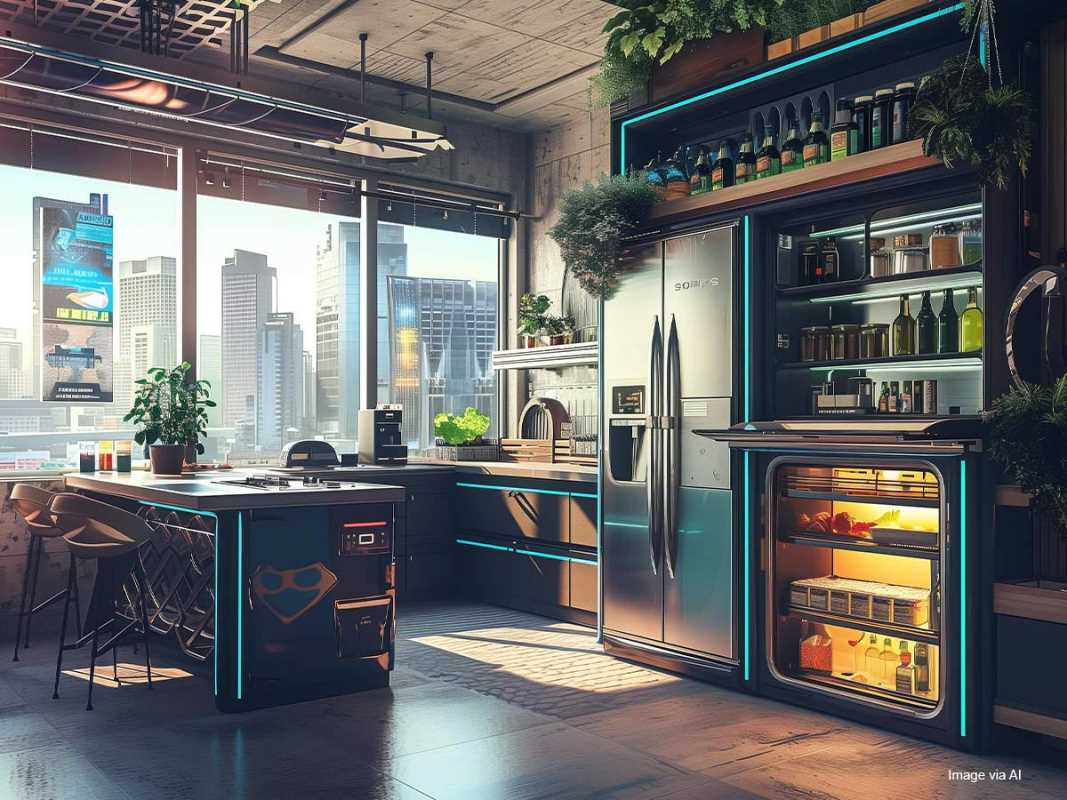 (Image source: Midjourney)
(Image source: Midjourney) 